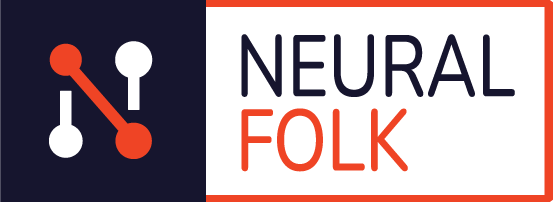As the field of artificial intelligence grows, developers and researchers have access to a wide variety of powerful tools. Among the most widely used libraries are OpenCV and Keras—each serving different but complementary roles in computer vision and deep learning.
In this post, we’ll break down what OpenCV and Keras are, how they differ, and—most importantly—when you should use each in your AI projects.
What is OpenCV?
OpenCV (Open Source Computer Vision Library) is an open-source toolkit mainly used for real-time computer vision and image processing tasks.
Key Features:
- Image filtering, transformations, and analysis
- Face detection, object tracking
- Video capture and manipulation
- Integration with real-time cameras and feeds
- Written in C/C++ with bindings for Python, Java, etc.
Common Use Cases:
- Reading and manipulating images
- Applying filters and detecting edges
- Detecting objects and faces
- Performing geometric transformations
- Real-time video processing
What is Keras?
Keras is a high-level deep learning API written in Python and running on top of backends like TensorFlow.
Key Features:
- Easy model-building interface
- Intuitive layer stacking (Sequential or Functional API)
- Pre-trained models and datasets
- Powerful integration with TensorFlow and GPU acceleration
Common Use Cases:
- Training neural networks
- Building CNNs, RNNs, and Transformer models
- Image and text classification
- Object detection and segmentation (via integrated frameworks)
- Predictive modeling using large datasets
Core Differences Between OpenCV and Keras
| Feature | OpenCV | Keras |
|---|---|---|
| Primary Use | Image processing and computer vision | Deep learning and neural networks |
| Level | Low-level image manipulation | High-level abstraction for model building |
| Real-time | Optimized for real-time operations | Focused on model training and inference |
| Speed | Extremely fast for image tasks | Depends on model and hardware (GPU recommended) |
| Built-in Models | None (you build from scratch or integrate) | Many pre-trained models available |
When to Use OpenCV
Choose OpenCV when:
- You need to process, analyze, or transform images.
- You’re working on real-time computer vision tasks (like surveillance or robotics).
- You want to integrate camera input, apply filters, or detect shapes, edges, or contours.
- You’re preprocessing data for feeding into a deep learning model.
Example: Using OpenCV to detect faces from a webcam feed and crop them before sending the cropped faces to a deep learning model for emotion recognition.
When to Use Keras
Choose Keras when:
- You need to build and train deep learning models.
- You want to perform classification, prediction, or pattern recognition using large datasets.
- You’re leveraging convolutional neural networks (CNNs) for image recognition.
- You want to work with transfer learning using pre-trained models like VGG16, ResNet, or MobileNet.
Example: Training a Keras CNN model to classify X-ray images into “normal” and “pneumonia” categories using labeled datasets.
Best Practice: Use Both Together
OpenCV and Keras are not rivals—they’re powerful allies.
You can:
- Use OpenCV to capture and preprocess images (resize, normalize, detect objects).
- Feed those processed images into a Keras model for classification or prediction.
- Display the results (like bounding boxes or class labels) using OpenCV.
This hybrid approach is extremely common in real-world AI systems—from self-driving cars to security applications.
Final Thoughts
If you’re working on AI projects in 2025, understanding when and how to use OpenCV vs. Keras is crucial.
– Use OpenCV for everything related to image and video preprocessing.
– Use Keras when you need to build, train, or deploy deep learning models.
Both libraries are essential tools in the modern AI engineer’s toolkit.
Want to master both OpenCV and Keras in one go?
Check out our best-selling Udemy course:
👉 Master Computer Vision & Deep Learning in OpenCV and Keras

